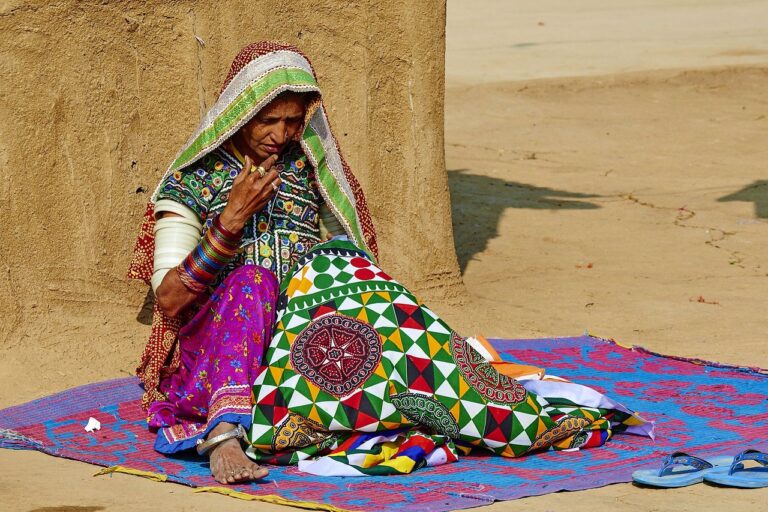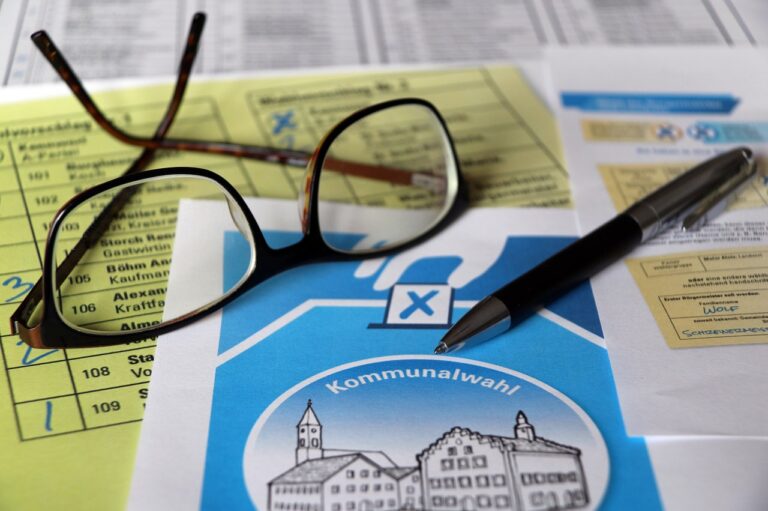The Impact of Public Art Installations on Urban Development Policies
Public art plays a crucial role in transforming urban spaces into vibrant and meaningful environments. By strategically placing sculptures, murals, and installations in public areas, cities can create a sense of identity and uniqueness that resonates with residents and visitors alike. The integration of art into the urban landscape helps to foster a deeper connection between people and their surroundings, fostering a sense of pride and ownership in the community.
Furthermore, public art has the power to spark dialogue and provoke thought, serving as a catalyst for social change and cultural expression. Through creative expression, artists can address important issues, share diverse perspectives, and challenge societal norms. By facilitating these conversations through art, urban spaces can become inclusive platforms that promote understanding, empathy, and collaboration among individuals from varying backgrounds and experiences.
The Influence of Public Art on Community Engagement
Public art plays a vital role in fostering community engagement by providing a shared space for individuals to connect and interact. Through the expression of various cultural and social narratives, public art installations create a sense of belonging and identity within a community. Residents often feel a sense of pride and ownership towards these art pieces, leading to increased participation in community events and activities.
Moreover, public art serves as a catalyst for dialogue and discussion among community members, allowing for the exchange of ideas and perspectives. These art installations have the power to spark conversation and bring people together, regardless of their backgrounds or beliefs. By igniting a sense of curiosity and wonder, public art encourages individuals to explore their surroundings and engage with others in meaningful ways.
The Economic Benefits of Public Art Installations
Public art installations have been increasingly recognized for their ability to stimulate local economies. When strategically placed in urban areas, these artworks can attract tourists, spark cultural interest, and boost foot traffic to nearby businesses. The presence of public art often contributes to a vibrant and dynamic atmosphere, making an area more appealing to residents and visitors alike.
Moreover, public art installations can also increase property values in surrounding neighborhoods. Studies have shown that areas with well-maintained and thoughtfully curated public art tend to experience a positive impact on real estate values. By enhancing the overall aesthetics and sense of community pride, public art installations can create a more desirable living environment, prompting potential buyers and renters to invest in the area.
How does public art contribute to shaping urban spaces?
Public art installations help to beautify and enhance the aesthetic appeal of urban areas, creating a sense of place and identity for residents and visitors alike.
What is the impact of public art on community engagement?
Public art fosters a sense of community pride and ownership, as residents are more likely to engage with and take pride in their surroundings when they are adorned with art. It also provides opportunities for social interaction and cultural exchange.
How can public art installations benefit the local economy?
Public art can attract tourists and visitors to an area, leading to increased foot traffic for local businesses such as restaurants, shops, and galleries. Additionally, public art projects can create jobs for local artists and craftsmen, contributing to the economic development of the community.







